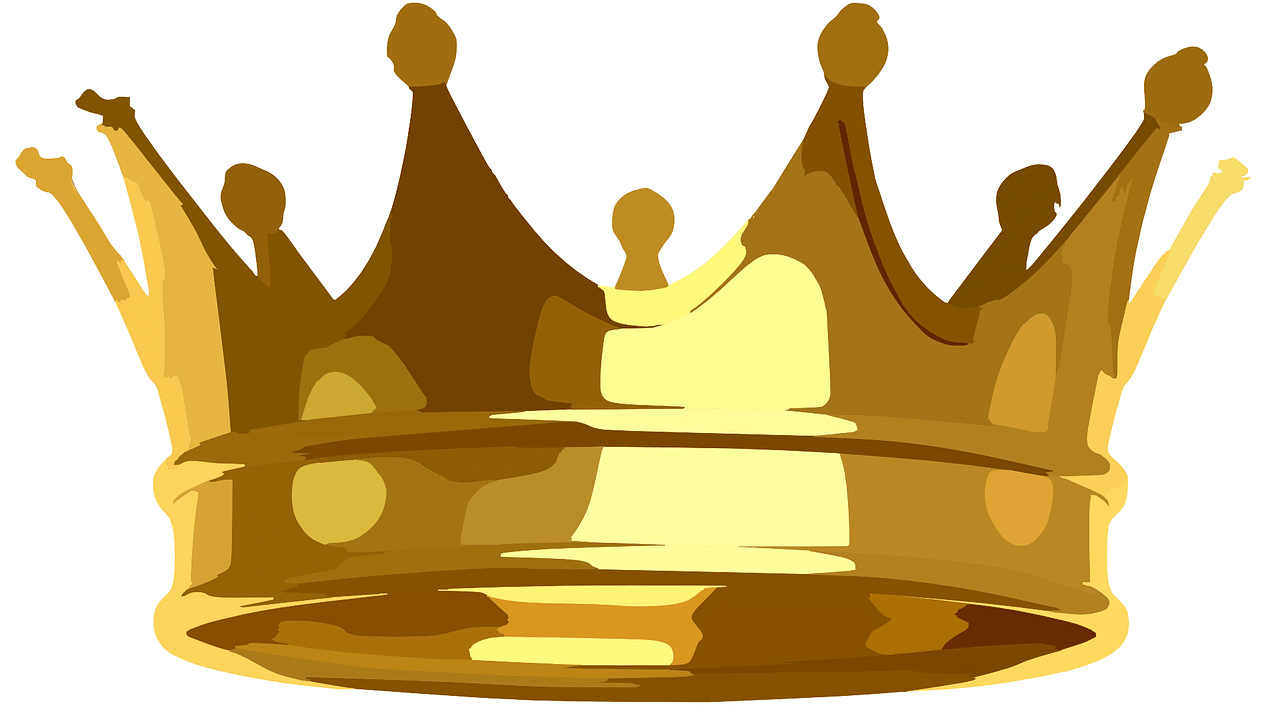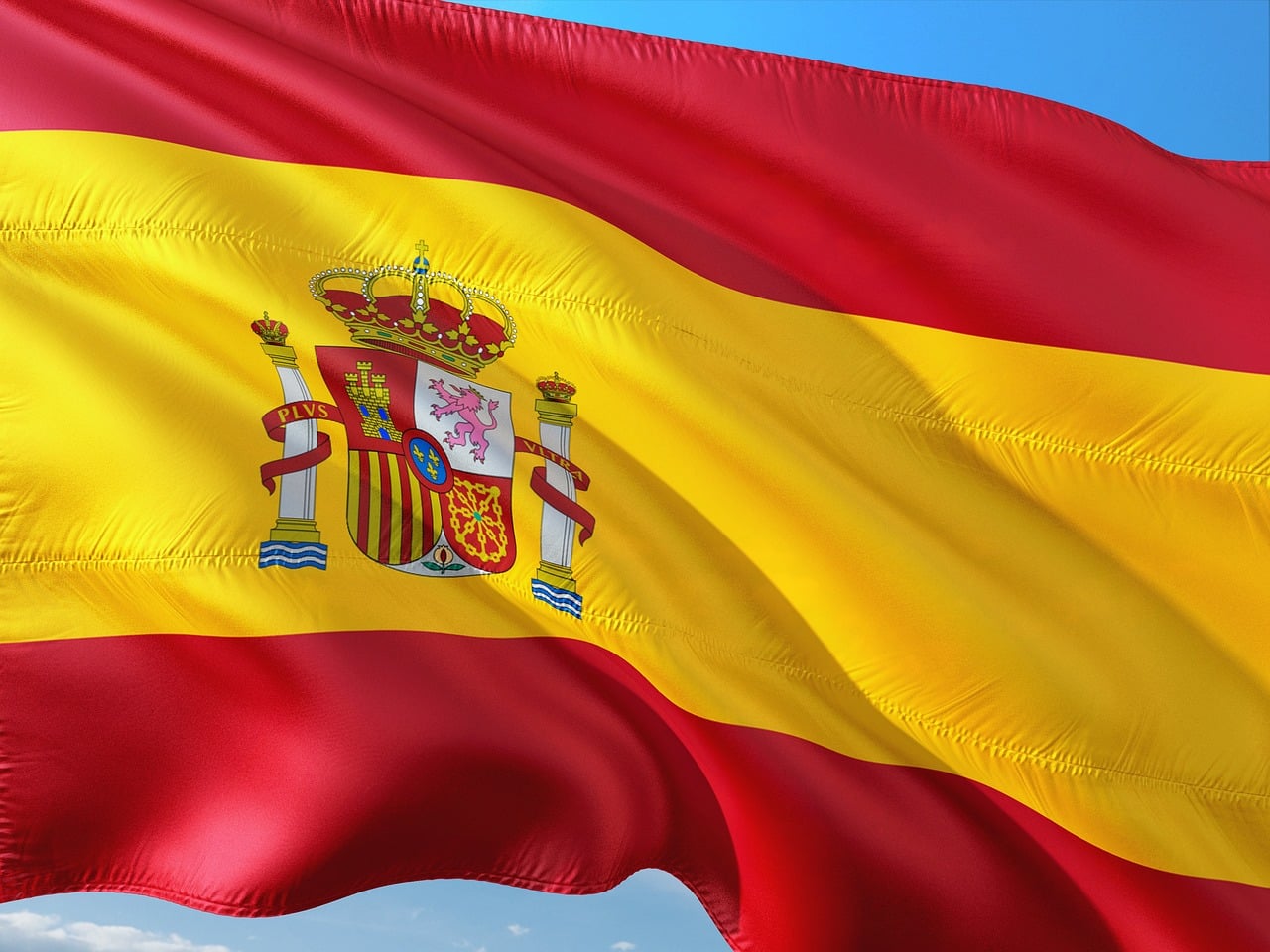
In a parliamentary monarchy, the king's actions are limited by the Government and Parliament.
A parliamentary monarchy is a monarchical regime in which the king assumes the head of the State but his actions are subject to a Government that holds executive power and a Parliament that exercises legislative power . The actions of the monarch, in this way, are subordinated to the decisions made by the parliamentarians.
In this political system, therefore, the king has limited authority. Generally their task is limited to issues linked to the history and tradition of the nation, but with little impact on state management. The transcendental decisions are made by Parliament (whose members assume the representation of the sovereignty of the people) and the Government .
The role of the king in the parliamentary monarchy
The king's role in the parliamentary monarchy is symbolic . He assumes honorary functions but only governs according to the laws made by Parliament and the decrees sanctioned by the Government. Although it is responsible for sanctioning the rules, it does so based on the presentation made by the other levels.
Unlike what happens with members of the Government and Parliament, the monarch performs his duties for life. The succession to the throne is hereditary : only with his death or abdication does the coronation of his successor take place.
Thanks to his position, the king enjoys various privileges, such as legal immunity and the maintenance of the royal family. Although all citizens have guarantees and rights, the sovereign has a different status.
Differences with other monarchical regimes
The parliamentary monarchy is often compared to the constitutional monarchy , with which it shares several characteristics. In both there is the separation of powers ( executive power , legislative power and judicial power ) and there is a Constitution that stands as supreme law; In the constitutional monarchy, however, the king usually controls the executive branch and has a greater margin of action than in the parliamentary monarchy. The boundaries between these two monarchies , however, are blurred and are sometimes not even considered.
In an absolute monarchy , however, there is no division of powers. The monarch makes all the decisions he wants without having to answer to anyone, choosing officials according to his will. What is usual in this model is that the king is considered a divinity or a chosen one of God , which is why it can also be a monarchy of divine right .
Other classifications can be considered that, although they do not appear in official names, are usually applied. It is common, in this framework, to speak of a federal monarchy to refer to one that has the king at the head of a federation or a set of entities with a certain autonomy (as happens in the Kingdom of Spain , the United Kingdom of Great Britain and Northern Ireland and the Kingdom of Belgium ).

King Charles III heads a parliamentary monarchy in the United Kingdom.
Parliamentary monarchies in Europe
Parliamentary monarchies in Europe are numerous. The United Kingdom is one of them, with Charles III being the current king and head of state.
The Parliament of the United Kingdom is divided into the House of Lords and the House of Commons . The executive power, meanwhile, is in charge of the head of Government. It is interesting to note that Charles III is also the king of the nations that make up the Commonwealth of Nations , which function as independent monarchies (such as the Bahamas , Canada , Australia and New Zealand ).
Spain is another parliamentary monarchy. King Felipe VI represents the Spanish State at the international level, leaving the executive power in the exercise of the Government. The President of the Government is the leader of the Council of Ministers . The Cortes Generales ( Congress of Deputies and Senate ), in turn, exercise legislative power.
Denmark, Sweden, Belgium, Norway, Luxembourg yNetherlands son otras monarquías parlamentarias que están vigentes en el continente europeo, cada una con sus particularidades pero compartiendo rasgos en común entre sí.

The Kingdom of Spain is a parliamentary monarchy.
Its implementation in other parts of the world
Beyond the Old Continent, there are also parliamentary monarchies in America , Asia , Africa and Oceania . Regarding American territory, we have already mentioned the cases of countries such as the Bahamas and Canada , members of the Commonwealth of Nations .
On Asian soil, Japan is a parliamentary monarchy. Emperor Naruhito is the head of state with ceremonial and diplomatic functions; the prime minister heads the executive branch; and the National Diet is the bicameral parliament that assumes legislative power.
The Kingdom of Cambodia has King Norodom Sihamoni as head of state, the prime minister as head of government, and the Senate and National Assembly in charge of legislative power. In Thailand , Maha Vajiralongkorn is the current king, accompanied by the Prime Minister as head of Government and by the National Assembly as a bicameral legislative body (composed of the House of Representatives and the Senate ).
In Africa , we find Lesotho as a parliamentary monarchy whose current king is Letsie III . If we focus on Oceania , Tupou VI is the monarch of Tonga , another parliamentary monarchy.
Parliamentary monarchy and republic
In many ways, a parliamentary monarchy functions like a parliamentary republic : there is a legislative body that differs from the executive branch.
However, the most important authority of a republic is chosen by Parliament or by the citizens in elections to carry out its functions for an established period. In a parliamentary monarchy, the highest representative is a monarch who accesses the throne through hereditary means and retains that position until he decides to abandon it or dies.
Even though the king has symbolic or ceremonial power, his mere existence is contrary to republican principles since his position grants him privileges and places him above his compatriots. In any case, a monarchy of this type is a democracy since the inhabitants exercise national sovereignty through their representatives in different political parties.
